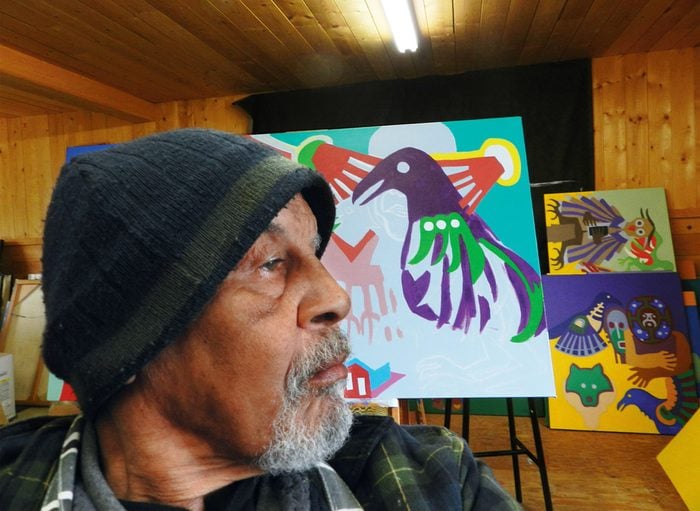
Life in a residential school
I was born in Fort Smith, N.W.T., in 1944. My father was an American Negro soldier and my mother a local Métis. There was no family relationship to speak of, and at four years old, I was sent off to residential school in Fort Resolution, on the shores of Great Slave Lake, almost 100 miles away. That’s where I first learned you were on your own in this world. I stayed there full-time while I was a youngster, but as I got older, I’d be sent back to Fort Smith during the summer months. Come fall, I’d be rounded up and shipped back to Fort Resolution. In all, I spent 10 years in residential schools, including two years at another one in Alberta.
And so I had no real home while growing up and I wasn’t impressed with the residential school lifestyle; with my Black ancestry on my father’s side of the family tree, I didn’t fit in there and so life was pretty chaotic for me. I learned early on that life did not owe you a living, but there had to be a living out there for me—and I was going to make it happen.
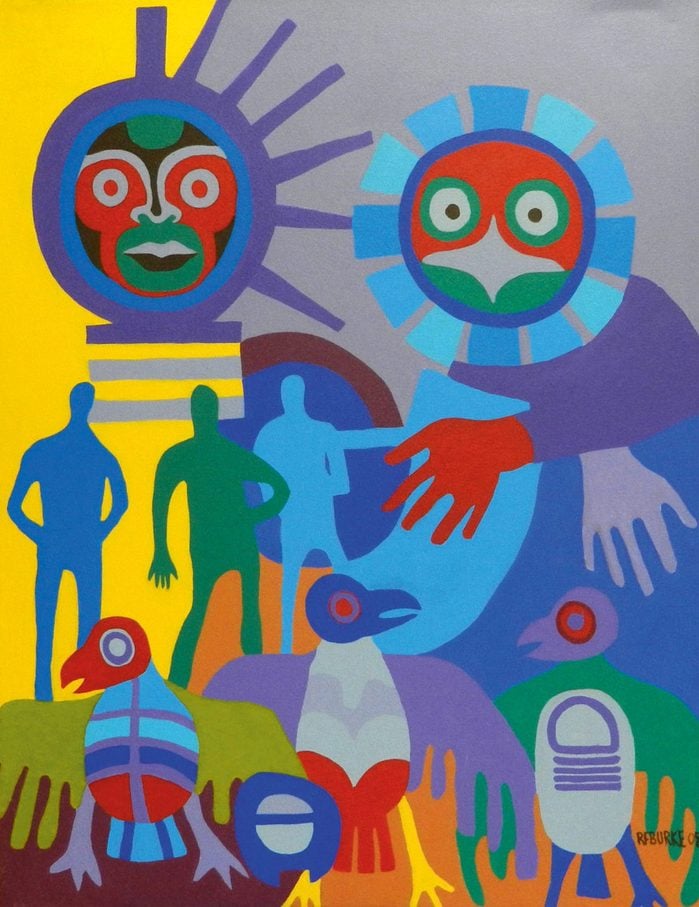
The magic of adulthood
I went to work full-time as soon as I was able to land a job. It was in the logging industry, which eventually led to a career in the bush that spanned 20 years. When I was in my late 20s, I was fortunate enough to marry a remarkable woman and we began a family. In my 30s, I began my apprenticeship to become a heavy machine operator and mechanic, which is also when I completed the Grade 12 courses I needed to officially graduate from high school.
While doing my apprenticeship, and for years afterwards, I got to work with all kinds of machinery and logging equipment, and I became skilled in many areas of the industry. Gradually I shifted away from mechanics and became a full-time contractor, running projects in British Columbia’s West Coast forests.
Cedar salvage was my main source of contracts back then, and I employed crews of cutters, truckers, salvage boat operators and helicopter pilots.
I enjoyed my occupation and was pleased to see my sons and a few other family members take a liking to the industry and make a living at it.
I retired from contracting at the age of 53. For a variety of reasons, the timing was right for me to make a major change, and so I took out a student loan and enrolled at the Victoria College of Art, where I spent the next four years studying.
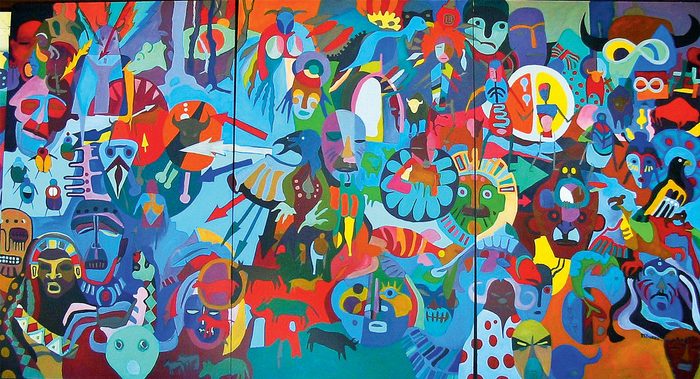
Entering a new world
I have always been fascinated by art and its practice. Drawing was a favourite pastime of mine, mainly because I could create a world that I liked. I picked up painting methods from books early on, because I didn’t know any artists who could teach me. At art school I learned and experimented with a variety of techniques and was able to hone my skills as a painter, drawing upon personal experience as well as the Aboriginal side of my ancestry. Art school also taught me how to work as an artist. I will always be grateful for the guidance provided by Victoria College.
After graduation, I became a practicing artist, focusing on social issues. With the goal of earning a living via my artwork, my original intention was to paint imagery that would appeal to corporations and the commercial public; however, my desire to express myself as a dark-skinned Canadian with Métis roots proved to be the path I followed.
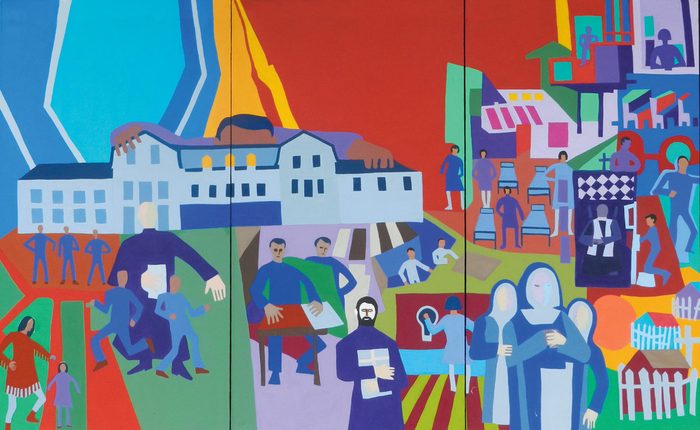
Aboriginal immersion
Part of the assistance I received as an artist was from the National Aboriginal Foundation. They helped me most by acquiring two of my triptychs (a painting or relief carving on three panels, typically hinged together side by side) during my last year in art school, which were part of a larger series of works called “Aboriginal Immersion.” With grants from the Canada Council for the Arts, I also did a body of work called “The Silent Breed” and “My Residential School Experience,” both of which were exhibited in the North.
Let’s just say that my years at residential school weren’t positive. It wasn’t the happiest of times and I didn’t particularly like it there. But when you are a kid, there are also moments of happiness, which are reflected in my use of bright colours to shed light on some rather dark subject matter. I have come to embrace bright colours and sharp-edged images as one of the best means of expressing my artistic voice.
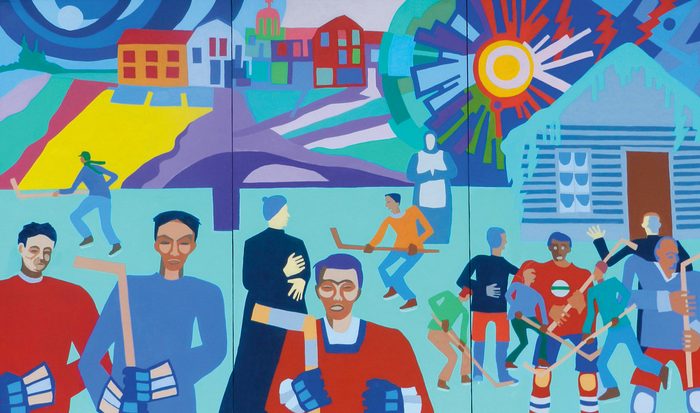
Peace and satisfaction
To me, it seems perfectly natural to choose an Aboriginal format as my means of public expression. Born in Fort Chipewyan, Alberta, my grandmother was Aboriginal, but without entitlement, because her father had accepted government “scrip” in exchange for allowing his Aboriginal status to be revoked, back when governments of the day were trying to extinguish Aboriginal land titles. I was born and raised in the North, have Métis status and am secure in the knowledge of my mixed ancestry. I believe that it is my right to express myself as an Aboriginal, while still recognizing my Black ancestry.
Now in my mid-70s, I continue to look back—at both the good and the bad—which helps me to move forward with a sense of purpose. From growing up in a residential school and doing jobs I thoroughly enjoyed in the logging industry to becoming an artist, a father and a family man, there is also a certain sense of peace and satisfaction in creating and following my own path in life.
Next, check out 10 Indigenous authors you should be reading.